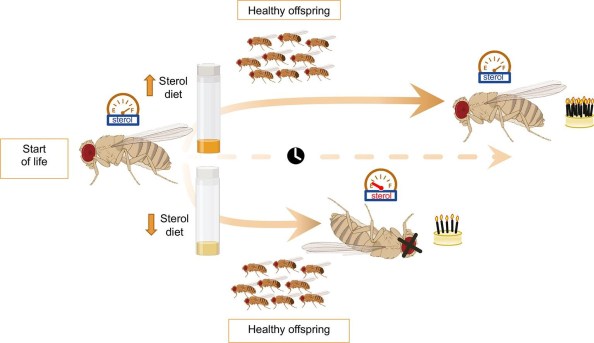Authors: Belinda van Heerwaarden, Carla M Sgrò, and Vanessa M. Kellermann
Published in: Proceedings of the Royal Society B: Biological Sciences
Abstract
Mounting evidence suggests that ectotherms are already living close to their upper physiological thermal limits. Phenotypic plasticity has been proposed to reduce the impact of climate change in the short-term providing time for adaptation, but the tolerance-plasticity trade-off hypothesis predicts organisms with higher tolerance have lower plasticity. Empirical evidence is mixed, which may be driven by methodological issues such as statistical artefacts, nonlinear reaction norms, threshold shifts or selection.
Here, we examine whether threshold shifts (organisms with higher tolerance require stronger treatments to induce maximum plastic responses) influence tolerance-plasticity trade-offs in hardening capacity for desiccation tolerance and critical thermal maximum (CTMAX) across Drosophila species with varying distributions/sensitivity to desiccation/heat stress.
We found evidence for threshold shifts in both traits; species with higher heat/desiccation tolerance required longer hardening treatments to induce maximum hardening responses. Species with higher heat tolerance also showed reductions in hardening capacity at higher developmental acclimation temperatures. Trade-off patterns differed depending on the hardening treatment used and the developmental temperature flies were exposed to.
Based on these findings, studies that do not consider threshold shifts, or that estimate plasticity under a narrow set of environments, will have a limited ability to assess trade-off patterns and differences in plasticity across species/populations more broadly.
Citation
Van Heerwaarden B, Sgrò CM, Kellermann VM (2024) Threshold shifts and developmental temperature impact trade-offs between tolerance and plasticity. Proceedings of the Royal Society B: Biological Sciences PDF DOI




